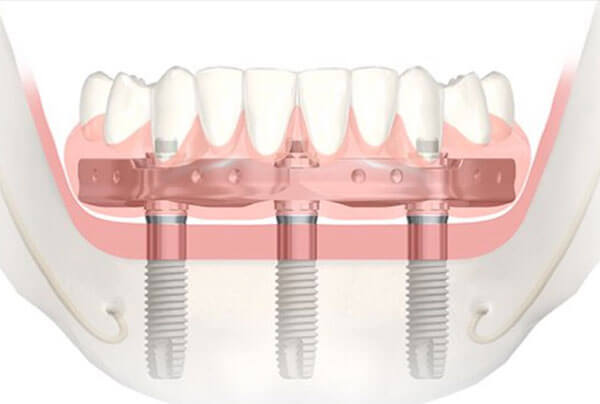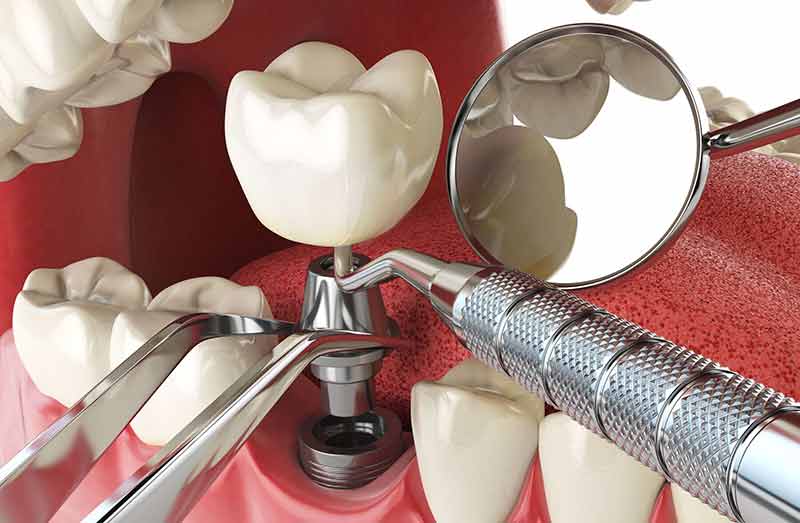
Implants are indicated whenever at least one tooth is missing. If the missing space(s) is not filled, the teeth surrounding the space often drift, the opposing teeth in the other arch will erupt further into the oral cavity (hypereruption) which can change your bite, bone erosion can occur in the area, and even changes in speech might occur. The popularity of implants has increased steadily over the years.
Implants are designed to replace the root of a missing tooth and can be used to support crowns, bridges, or dentures.
Implant supported dentures have gained a major popularity in the recent years. New materials and techniques have made the retention of the implant supported dentures to a greater extent than conventional dentures.
The root-form implant is the most common type and basically consists of three main components:
Inspired by natural smiles
A dental implant is a small, but strong, device that is inserted in the jaw bone in place of a missing tooth root, where bone grows and bonds with the implant surface. The new Straumann® PURE Ceramic Implant is a toothcolored and metal-free alternative that acts and looks like a natural, healthy tooth.
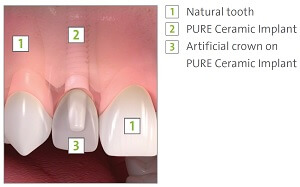
Designed with patients in mind
Straumann developed the PURE Ceramic Implant for patients seeking a metal-free dental implant, whether due to a metal sensitivity, a preference toward holistic or natural dentistry, or a thin, transparent gum tissue type.
The PURE ceramic implant offers a:
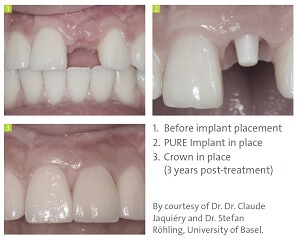
For a natural-looking smile
The Straumann® PURE Ceramic Implant is made of a special high-strength ceramic designed to meet the highest functional and esthetic demands. The PURE implant is not visible through gum tissue as it matches natural tooth color even in patients with thin or recessed gingiva. The PURE Ceramic implant is biocompatible and bonds with your own jaw bone for a secure, long-lasting tooth replacement solution.
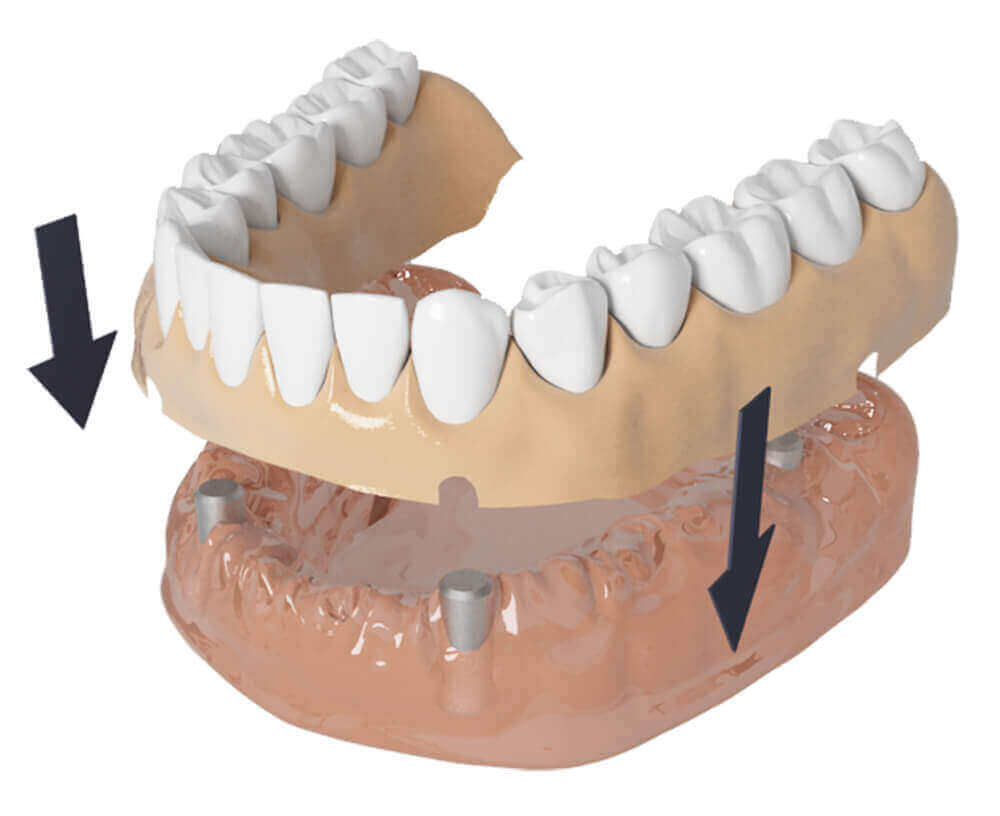
Dentures are divided into two main categories: complete dentures and partial dentures.
Complete dentures are designed to replace the teeth in an entire arch when all the teeth are missing.
Partial dentures are used when there are still teeth present in the arch.
Complete and partial dentures can provide patients with a functional replacement when teeth have been lost.
Complete dentures consist of an acrylic base to imitate gum tissue, and the teeth that can be made of acrylic or porcelain. The denture base is made to closely fit the contours of the arch to ensure the denture is stable during normal oral functions such as eating, speaking, or swallowing.
Partial dentures can be made with a metal framework and teeth attached in the areas where the teeth are missing. The metal framework also has clasps or arms that extend out and fit around some of the existing teeth. The combination of the framework and the arms that wrap around some of the teeth keep the partial denture stable during normal oral functions.
Call Dentistry@Kemptville to gain all necessary information on Complete and Partial Dentures.
The Trefoil™ Concept is the newest and most affordable proven full arch tooth replacement option for the lower jaw available today.
If you have missing bottom teeth, it can be troublesome. In the past, dentures were the only option to restore function (and appearance). Dental implants then gained prominence as a better way to restore lost teeth – but a full set of bottom teeth can be misaligned, creating problems for the patient.
Dental technology is advancing bringing better treatments to the forefront. One of the most exciting innovations in implant technology, Trefoil implants, is a revolutionary new system that restores a full arch of missing bottom teeth in a single day with a breakthrough system.
